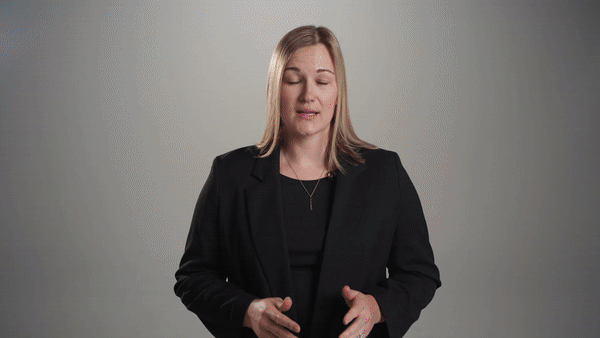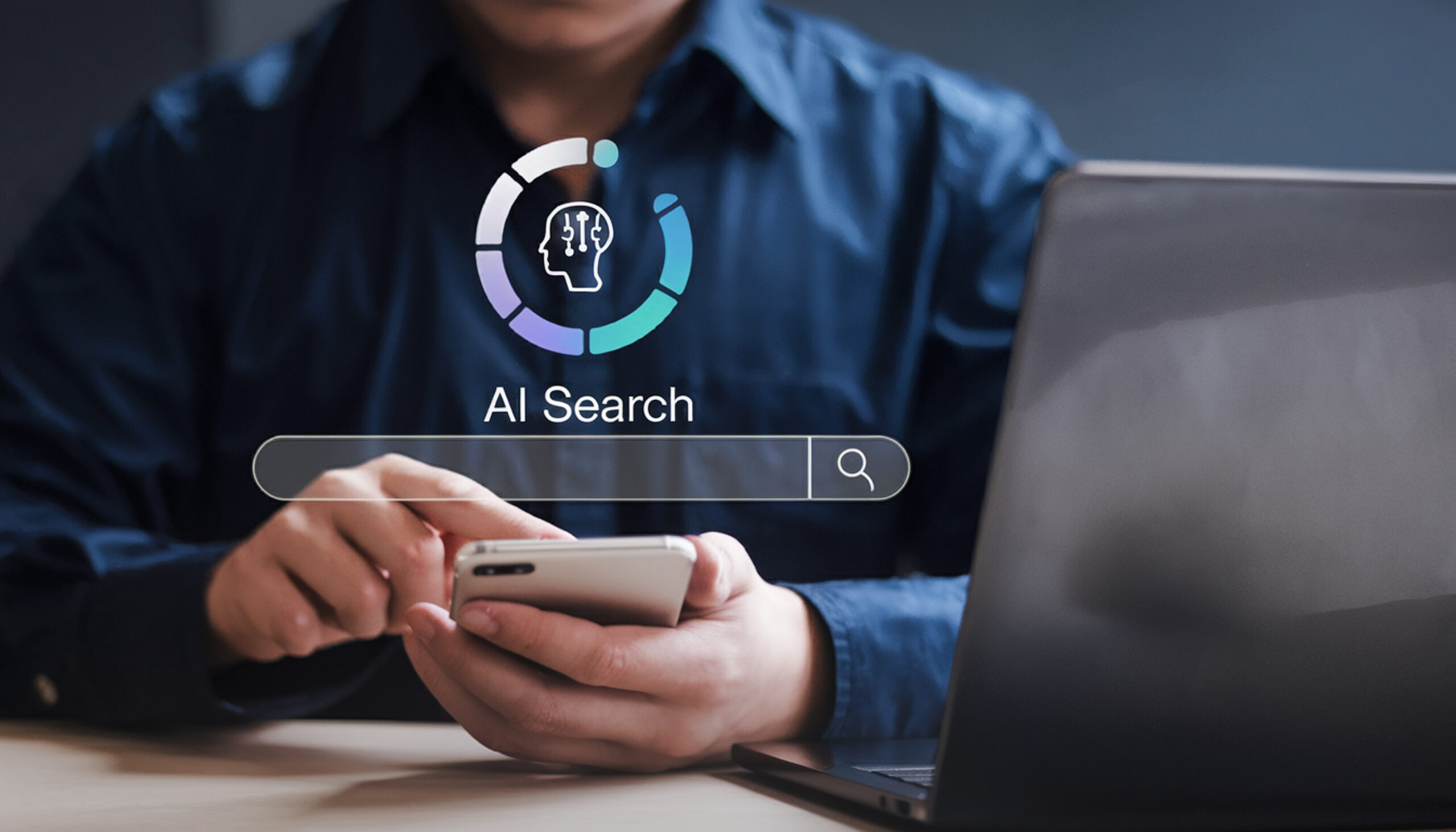How CDPs and APIs are Transforming the Way Dealers Market to Audiences

Table of Contents
Table of Contents
People are dynamic.
People’s behaviors and preferences are constantly evolving over time, impacted by the family life cycles, current trends, economic shifts, and more. Your interests and needs are probably not the same as they were last year, last month, or even last week.
If your dealership is running marketing campaigns using flat or fixed audiences, you are missing this critical understanding and run the risk of creating a negative customer experience for your shoppers.
It’s simple: When creating a new ad or email campaign, you likely leverage the data in your CRM to build a custom audience based on specific criteria. The CRM is an important data source for dealerships, but when it does not communicate with the other data sources in play at your dealership, it means the data you are pulling will likely include outdated information. A shopper who submitted a lead 2 years ago on a specific vehicle, may be pulled into a campaign for something that is no longer relevant or interesting to them.

Your shoppers expect more from your marketing. They expect you to offer value and relevance at every touch point with content that speaks directly to their needs. For that, you need to be using the latest, most updated data with every campaign. That’s where a Customer Data Platform (CDP) comes in.
The Role of CDPs and APIs in Creating Dynamic Marketing Audiences
As part of their functionality, CDPs offer dealers the ability to leverage their first-party data to create dynamic audiences for their marketing – audiences that update automatically using the latest data available from every source in play at the dealership.
Automotive-centric CDPs ingest your website data – including all website shopper activity and relevant insights, your CRM data, inventory data, DMS data, OEM offers, dealership specials, Google ads, Facebook ads, conversation tracking and more, all via API.
The role of an API is to create a seamless transference of data between platforms, essentially enabling the different data sources in play at your dealership to speak to each other – but it goes beyond that.
A CDP uses APIs to bring in new data in real time. The CDP then uses that new data to automatically update your audiences, pulling in new shoppers who now fit the criteria of the audience, and removing shoppers who no longer belong on that list.
The CDP essentially offers you the ability to react in real time without any manual effort to any minor or major shift in shopper interests so you can get the most out of your audiences.
Leveraging Dynamic Audiences Across Marketing Platforms with CDP Audience APIs
There are automotive CDPs out there that take dynamic audiences to the next level by offering audience APIs.
Audience APIs allow you to stream your dynamic audiences from your CDP directly into the marketing platforms you use at your dealership. By leveraging this technology to build your marketing campaigns, your audiences are updated in real time within your campaign so you only target relevant shoppers, increasing the likelihood of engagement and allowing you to maintain a positive shopping experience at every stage of the sales funnel.
Take this as an example: You go into your CDP and build an audience of shoppers who have viewed a specific vehicle on your website in the last week. You then stream that audience using a CDP audience API into your ad platforms to use in a campaign that features a special offer on that vehicle.
Your dynamic CDP audience will be streamed directly to the ad platform through the audience API and will update at regular intervals. This means that shoppers who view that vehicle down the road will be automatically added to that campaign, with no need for manual audience updates. If a shopper performs an action that disqualifies them from the list – say, purchases said vehicle, the CDP will leverage audience suppression techniques and automatically remove the happy customer from the list so they stop receiving those marketing materials to ensure a positive experience at every stage of the sales funnel.
As an added bonus, the audience API will send campaign data back into the CDP – things like which shopper saw the ad, and if they engaged or clicked on the ad – so you can maintain complete shopper profiles and always work with the latest shopper data available.
This real-time exchange of data is the CDP’s ultimate superpower. CDPs allows you not only to access your first-party data, but to activate it in real, impactful ways that will ultimately help you grow your business and improve your bottom line.
The True Impact of Fullpath’s Real-Time Audience APIs
Fullpath’s leading Customer Data Platform offers dealers the ability to:
- Build Dynamic Audiences: Fullpath’s CDP pulls in data from every data source in play at your dealership, enabling you to filter and slice your customer data to build highly-specific lists and targeted audiences for your marketing.
- Leverage Audience APIs: Fullpath’s Audience APIs seamlessly integrate with every marketing channel in play at your dealership, from Google and Facebook ads to email marketing platforms and beyond so your dealership’s marketing audiences are always updated and relevant.
- Create Positive Customer Experiences: With real-time dynamic audiences streaming to your marketing platforms, Fullpath’s CDP can help you make sure your content reaches the right shopper at the right time, allowing you to create a positive customer experience at every touch point.
Learn more about Fullpath’s Customer Data Platform here, or get in touch with us at get.started@fullpath.com to get a personalized demo for your dealership.
Accessing Fullpath’s Audience APIs within the Client Dashboard
Already a Fullpath client and interested in using our real-time audience APIs? Here is a step by step walkthrough on where to find them within the CDP dashboard.
- First, you need to log in to the Fullpath Dashboard by clicking here. Once you have logged into your account, click on the ‘CDP’ tab on the top left hand corner of your screen to navigate to the CDP interface. In the menu on the left of your screen, click on ‘Audiences’ and then ‘Custom Audiences’ from the submenu.
- Click ‘Create Audience’ at the top left of the screen to create a custom audience. Click ‘Add Filters’ to select the parameters for the audience. For several examples of audiences you might want to consider building within the CDP, click here. Once you have added the filters, name and save your custom audience.
- After building your audience, you are ready to begin streaming it to your third-party marketing vendors. Click again on the ‘Custom Audiences’ button on the left side menu. Find your new audience and click on ‘Copy As’ and then ‘Copy Public API Link.’
- The audience API link will instantly copy to your clipboard so you can embed it in any marketing platform and create a campaign that specifically targets this audience.
If you have any questions about Fullpath’s CDP or Fullpath’s Audience APIs, please feel free to reach out directly to your Customer Success Manager or email us at support@fullpath.com.
Fill out this form to schedule a personalized demo today!
Feel free to tell us more about you so we can personalize your demo.
Sign up for our newsletter!
We value privacy and would never spam you. We will only send you important updates about Fullpath.



